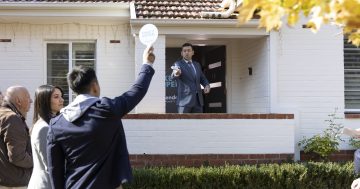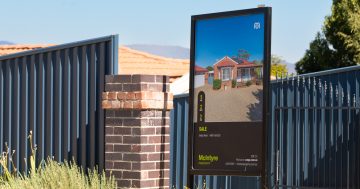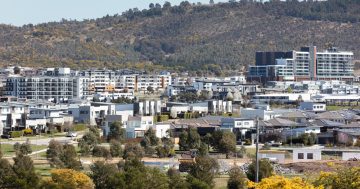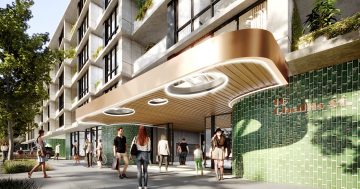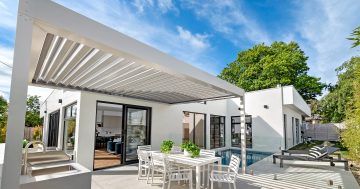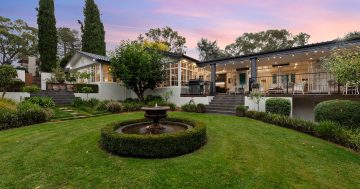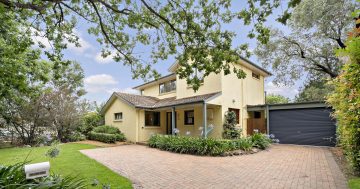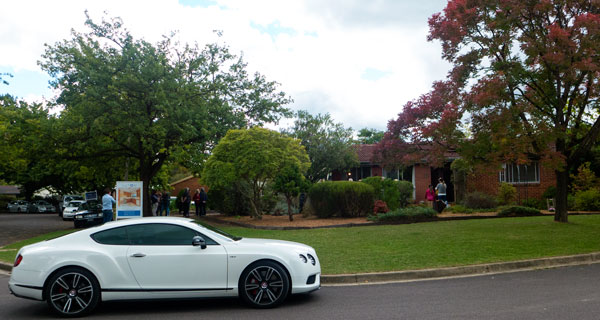
House sales stories are all over the media. So here’s another with some local flavour – being very much linked to my former post on a Dickson Auction earlier this year.
It was 1pm Wednesday 12th April when locals fronted up to an auction for another very standard 1960s 3-bedroom house that had not been renovated. The décor had been played with – but nothing structural.
The décor was such that it would not appeal to many contemporary buyers.
Whereas the former was presented mostly white throughout, this new one had its own ‘special’ flavour. There was a bit too much wood for my taste – and a small bedroom with a wall of mirrors. Hmm!
And that lovely wallpaper. And don’t you just love that tiny retro work desk. And of course – the agent’s bowl of fruit in the kitchen was going to make all the difference!
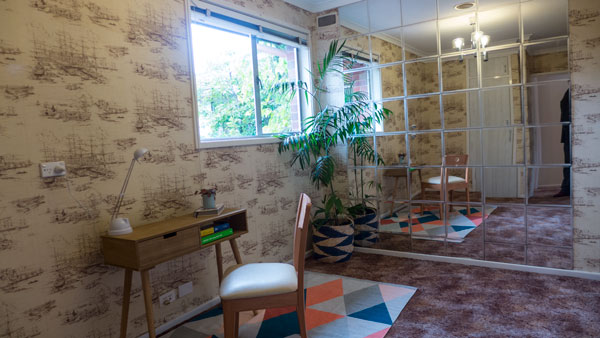
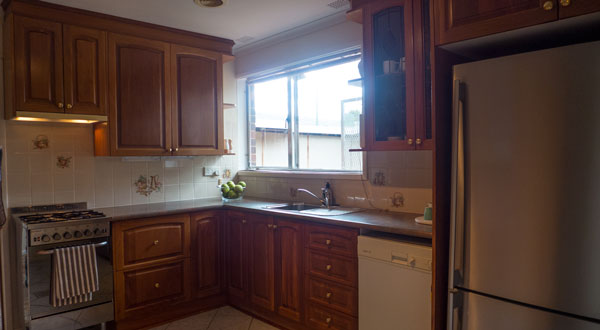
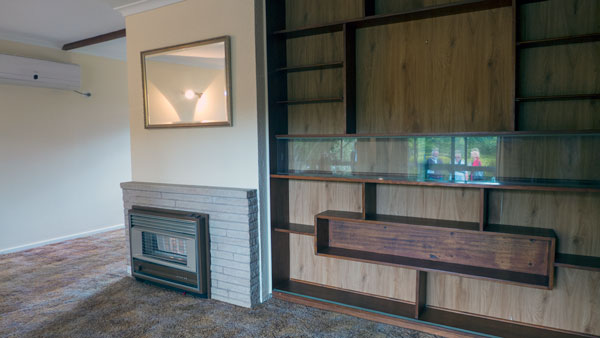
Any new owners would have to be thinking about an instant redecoration. But nothing required if it were to go to rent it out for a while.
If after the auction you had money in your pocket – and wanted a smallish house –and were to prepared to strip out and modernise – then this could have been just the thing to get you into the inner north.
And for added pressure – we heard that as this was being sold, that there were no other stand-alone houses for sale in Dickson – apartments yes – but no other houses.

The garden had been worked over – tidied up – so you could live with it for a while and do changes gradually. I did like the agent’s placement of little pots of flowers – with a lonely one in the front garden just for good measure. Sure to bring in more buyers.
The big selling points were that this future home was on a corner of tree lined quiet streets in this inner suburb, close to several schools and shops and was two houses from the wetlands (free range dog park for many). So the location was wonderful (location – location etc).
And – if you wished – there was plenty of scope for extra additions/renovations – having a generous back-yard.
The former sale was a three bedroom basic, was plain, had a minimum garden and was a couple of streets away from today’s auction. That sale had surprised locals when it went for a cool $905,000. The new owners are in and nothing has changed – so far.
Back to today’s auction.
The bidding got under way and stalled around $850K with just two bidders. I could see several other registered bidders, but none of them made any moves. Oh yes – all waiting to jump at the end maybe.
The owners apparently gave the nod that this price, around $850K was very acceptable. So the auctioneer, being Mr Luton himself, pushed on with the sale now guaranteed.
The pressure was being directed big time at the second bidder – with the auctioneers and the local agent pushing him incrementally on. Meanwhile, in the other corner, the other bidder remained very calm and simply added more as the former gave in and put in a bid.
No other bidders were joining in. So it was down to just those two.
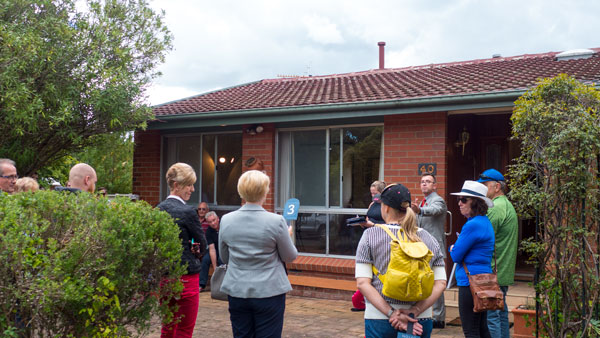
Then it was all over!
Again it went for a cool $905,000. The owners were smiling! And why not – that’s better than the predicted high of $800K – $850K. So those potted flowers and the bowl of apples were worth it!
Locals were surprised – again. While it is not a ‘record’ or a stunning price – it is a high price for a very ordinary 3-bedroom basic house.
And for the local residents – it confirms, based on these two house sales of very similar standard, that this is now the lowest price for a three bedroom stock house within Dickson’s inner tree lined streets. Houses on the busier street on the edges, along Majura Ave etc, are bringing it a little less.
As for the buyer – I could not tell. She was alone and looked like an agent herself. I can only speculate. She was cool – was not flustered at all by the price. I wonder how high she would have gone.
We have to wait to see whether a bulldozer appears, or the tradies arrive to do a make-over for a household – or is it an investment?
And full marks to the auctioneer – he got a good deal for the buyers.
And the locals all returned home to speculate on their own properties.
Anyone for Goulburn?
